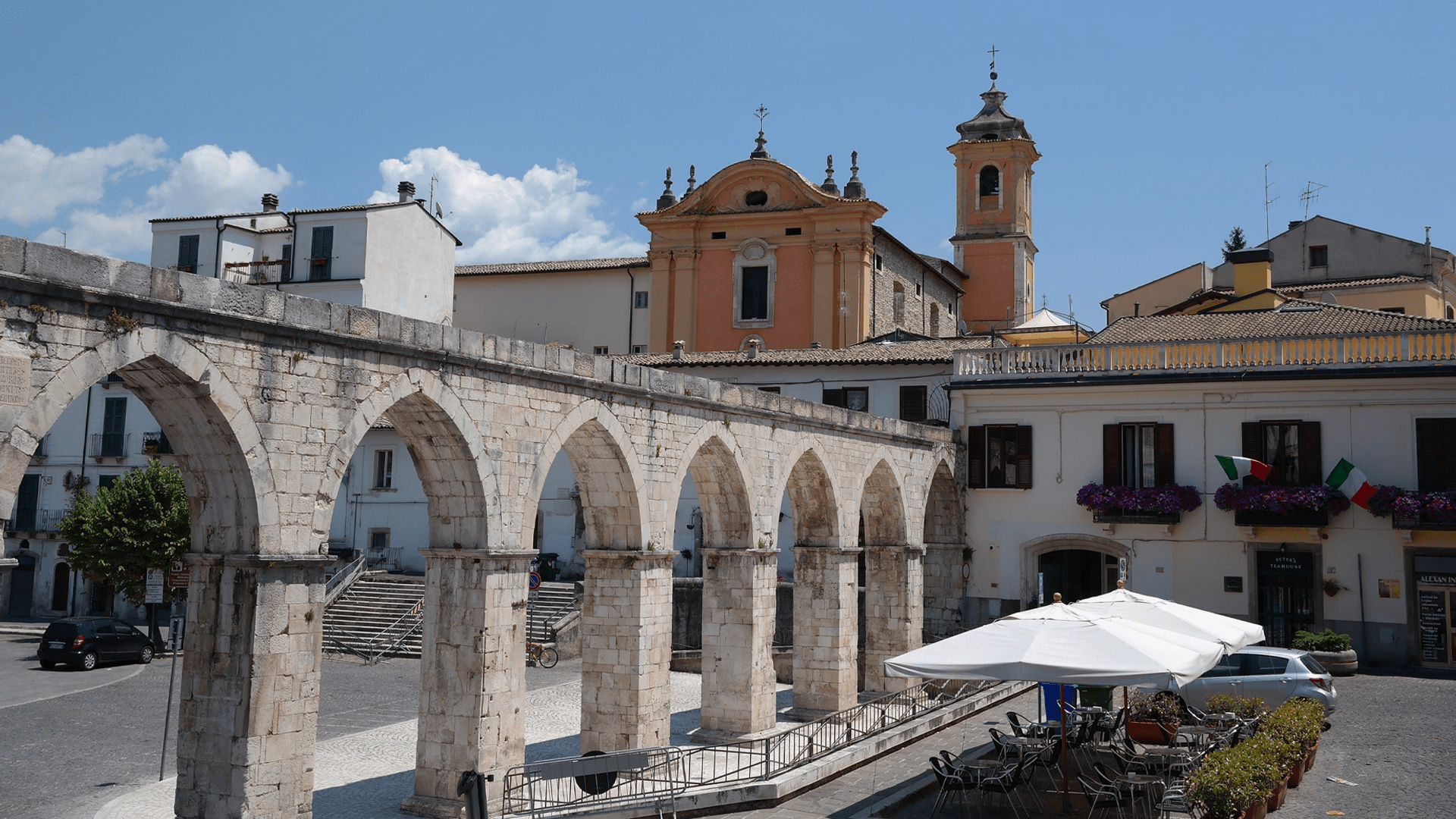

Sulmona
The station of Sulmona is the terminus of the Central Italy railway and connects it with the Rome-Pescara railway as well as the one to Isernia.
The first station in Sulmona, with a direct line to Pescara, was further north than the present one, and was inaugurated in 1873 with the Pescara-Sulmona section, continued in 1875 to L'Aquila.
In 1883, the entire Pescara-Terni line was inaugurated.
Subsequently it was decided to build the Sulmona-Rome connection, and to annex to this railway the already existing Sulmona-Pescara section, dismembering it from the line to Terni.
Thus, in 1888, the current station was built, designed to connect with Rome, and at the same time it was decided to abandon the old station: the terminus of the railway from Terni thus became the Sulmona station of the Pescara-Rome line.
'Sulmona is my homeland, full of icy waters, ninety miles from Rome' is how the poet Publius Ovid Naso, who was born in the Abruzzi province in 43 B.C., described it .
The Peligna province, squeezed between the Vella torrent and the Gizio river, is bordered to the west by the Majella and Morrone mountains, offering ample opportunities for trekking and hiking to nature lovers.
The first historian to narrate the events of the city was Titus Livius, who describes how theoppidum , despite the defeats at Trasimeno and Canne, remained loyal to Rome, refusing Hannibal's entry.
The train, a cornerstone of Positivist culture, changed the concept of time: long distances could be travelled in a short time. From this assumption it is easy to understand how one can, even today, speak of a 'rebirth' for the Abruzzi province thanks to the construction of the railway. The latter, built close to a strategic point, led to an enormous economic and, consequently, demographic expansion.
During the Second World War, the Abruzzi capital suffered extensive damage due to its position close to the Gustav Line, as well as the depopulation of the western area of Majella. On 27 August 1943, the city was bombed because of its strategic railway junction.
The municipality of Sulmona was, in the post-war period, decorated with the Military Valor for the sacrifices of its population in the partisan struggle.
In addition to its natural beauty, which offers opportunities for trekking, hiking, and rafting, the tangible and intangible heritage witnessed in its prestigious museums is invaluable.
The Polo Museale Civico dell'Annunziata includes an archaeological section, a rich collection of medieval and modern art and, lastly, testimonies of Abruzzo popular culture.
Also worthy of note is the Polo Culturale Civico Diocesano di St. Clare, a precious treasure chest of local sacred art and a rich collection of modern and contemporary art.

Project by Riattivati Youth Cultural Association
With contributions from: FAI – Fondo per l’Ambiente Italiano ETS, INTESA SANPAOLO, Rotary Club Rieti
Thanks To the promotion comittee: Amici di Rieti, Associazione Culturale Giovanile Riattivati, Rotary Club Rieti e Associazione Collezionisti “Sabatino Fabi”

